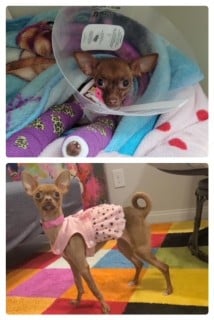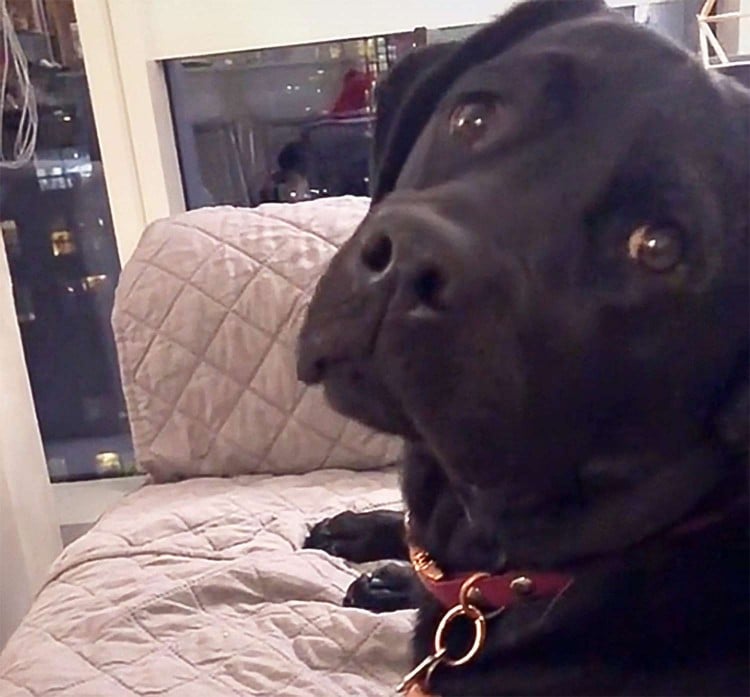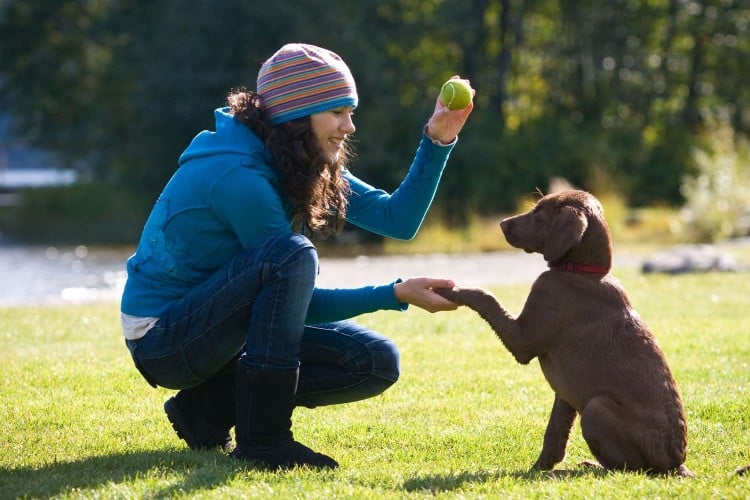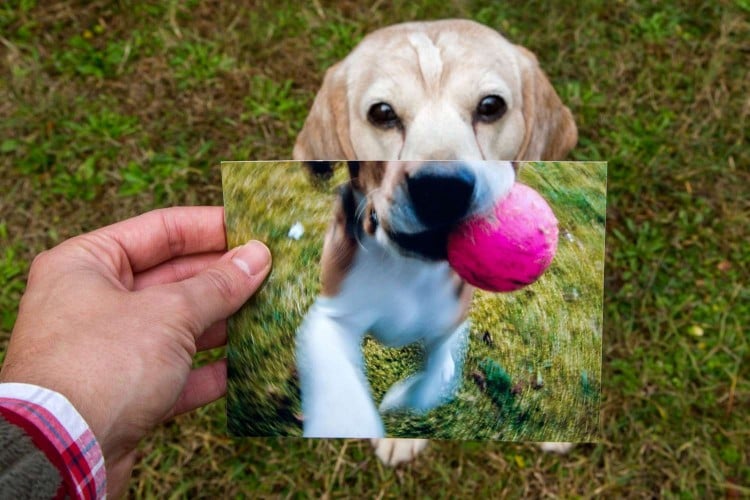Olympic skier Lindsey Vonn's dogs were stuck by porcupines recently—and it happened repeatedly.
Dogs are curious creatures, so porcupine quilling happens more often than you might think. Your dog may be more at risk if you live in a rural area in the western or northeast United States or Canada, though porcupines can live in a variety of settings.
Porcupines, the continent’s second-largest rodent, are covered in roughly 30,000(!) quills that can be easily dislodged. They don’t shoot their quills (which would be terrifying), but when threatened, they’ll turn their quill-filled back and lash out with their barbed tail (still scary).
Lindsey Vonn and Her Dogs Host New Pet Adventure Series on Amazon Prime
Once the quills are embedded in a regretful predator, they advance further into the skin at 1 millimeter per hour, according to the National Zoo. (Gahhhhhh.)
So, it’s best to avoid all that. But here’s what to do if your dog does get quilled.
Go to the Vet (Now!)
Unless you are a veterinarian, you shouldn’t be the one to remove the quills from your dog. That’s what you have a vet for.
“Removing quills is painful to the dog, so sedation or general anesthesia is needed,” Gretchen Norton, DVM, a veterinarian at Summit Veterinary Service in Colorado says in an email.
She says it's likely going to mean an emergency visit because most of the porcupine accidents she sees happen at night. Because the quills can migrate deeper into the skin, the vet might need to cut into your pup's skin to fish them out. In the worst-case scenarios, the quills can even penetrate tissue and organs.
Norton says some broken quills might be stuck in your dog, too, making it even more important to head to the vet for the delicate removal process. Your poor pup probably bit and/or pawed at the porcupine, so the broken-off quills will be near their mouth and feet. Sometimes, broken quills can be hidden in a dog’s feet.
On your way to the vet, outfit your dog in an Elizabethan collar (the cone of shame) to keep her from pawing or chewing at the quills. If it’s only a few quills, she might not be too bothered. But more quills equals more discomfort, and increases the likelihood that your dog will try to remove the quills on her own and just make things worse.
Don’t Try to Remove the Quills Yourself
Removing them is a painful exercise from your poor pup, and Norton says you could end up with your otherwise gentle dog biting you out of pain. Plus, you might not find all of the quills—especially the broken-off ones.
15 Dos and Don‘ts for Running with Your Dog
If you miss some of them, they will continue to migrate inside your dog, putting her organs in jeopardy. A potential infection might not show up until months later. In the worst cases, dogs can die from quills that migrate inward from the chest, Norton says.
Can I Train My Dog to Avoid Porcupines?
Probably not, Norton says, adding that many dogs who’ve been quilled are repeat offenders. It’s best to just keep a close eye on them as they roam around the woods. If you see your dog has found a porcupine, get there quickly and get your dog away. Sometimes, Norton says, dogs won’t be deterred and will keep pawing or biting the rodent.
Norton says she’s seen no evidence of certain dogs being more prone to porcupine attacks than others. Many Labrador retrievers and golden retrievers live in her area, and they sometimes get quilled investigating the needly rodents.
On the other hand, a retrospective of porcupine quilling hospitalizations between 1998 and 2002 showed that German shepherds, German shepherd mixes, Siberian huskies, Labs, and rottweilers all made up higher percentages of the 296 dogs who were quilled.
But plenty of the other quilled dogs were different breeds, so watch out for those spiky little monsters regardless of your dog’s pedigree.





